December 6 is Microwave Oven Day
Today is Microwave Oven Day. We don’t know who created it or why they chose December 6th over any other day of the year. Our theory? Since it falls between Thanksgiving and Christmas, two holidays filled with labor-intensive meal preparation, maybe it’s supposed to remind us to take a break from complicated cuisine. So relax and take a bite of history about the accidental invention that changed the way the world cooks.
During World War II, Percy Spencer was testing magnetrons for use in Allied radar sets when he noticed that the candy bar in his pocket had begun to melt. A lesser man might have been alarmed, invested in lead-lined britches and called it a day.
But Spencer’s innate curiosity drove him to conduct a series of tests using, among other things, popcorn and eggs. He concluded that the energy of electromagnetic waves produces heat by agitating water, fat and sugar molecules, causing food to cook more quickly and evenly than by other means.
Spencer’s employer, Raytheon, filed a patent on October 8, 1945, for the “high-frequency dielectric heating apparatus.” In 1947, it introduced the first commercially available microwave oven, which stood almost six feet tall, weighed 750 pounds and cost $3,000. It was mainly used by ships and hotels.
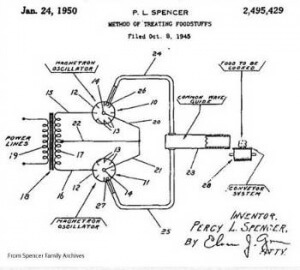 In 1955, Raytheon and a company called Tappan collaborated on the RL-1, the first microwave oven designed for home use. At $1,295, it was out of reach of most consumers. Only 34 were manufactured the first year; a total of 1,396 were sold by the time production of the model ended in 1964.
In 1955, Raytheon and a company called Tappan collaborated on the RL-1, the first microwave oven designed for home use. At $1,295, it was out of reach of most consumers. Only 34 were manufactured the first year; a total of 1,396 were sold by the time production of the model ended in 1964.
Raytheon acquired Amana Refrigeration in 1965. Two years later, Amana launched the first countertop oven, called the Radarange, retailing at $495. Its compact size was made possible by the development in Japan of smaller, more efficient electron tubes that improved upon the magnetron design.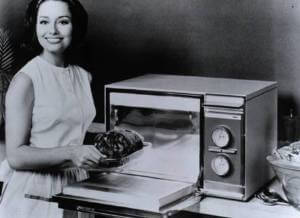 In response to a 1968 study which found microwaves sometimes leaked out of ovens, federal safety standards were set in 1971. According to the FDA, microwave ovens must meet a requirement limiting maximum radiation leakage to 5 milliwatts per square centimeter at a distance of 5 centimeters (1.97 inches) from the external surface of the oven.
In response to a 1968 study which found microwaves sometimes leaked out of ovens, federal safety standards were set in 1971. According to the FDA, microwave ovens must meet a requirement limiting maximum radiation leakage to 5 milliwatts per square centimeter at a distance of 5 centimeters (1.97 inches) from the external surface of the oven.
Per a New York Times article on the subject:
Manufacturers are also required to line the doors of ovens with metal mesh that prevents microwaves from escaping, and to use a type of door latch that stops the production of microwaves whenever the latch is released.
Those features greatly limit exposure to levels of radiation that are already low. And since the radiation levels drop sharply with increasing distance, the levels two feet away are about one-hundredth the amount at two inches.
Over ninety percent of all U.S. homes now own a microwave oven. There have been no confirmed injuries. In fact, despite his cooked huevos, Percy Spencer fathered three children and died of natural causes in 1970 at the age of 76. (By the way, Spencer received a one-time payment of $2 for the patent to his invention, the same amount Raytheon paid all its inventors.)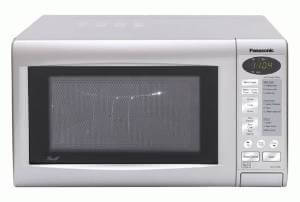
So make a bowl of popcorn and celebrate Microwave Oven Day. Still, when you do, you might want to stand back and make sure you close the door. It’s the only way to be sure.
![]()

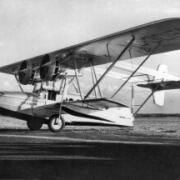


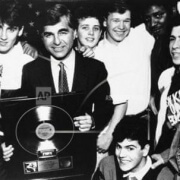




Leave a Reply
Want to join the discussion?Feel free to contribute!